
-
Academia
Activism
Business Ethics
Careers
Community Development
Corporate Governance
Corporate Social Responsibility
Economic Development
Environment
Events
Fair Trade & Supply Chain
Finance
Green Building
Green Products & Services
Health & Wellness
Human Resources & Diversity
Human Rights
Philanthropy & Corporate Contributions
Ratings & Awards
Renewable & Alternative Energy
Research, Reports & Publications
Social Entrepreneurship
Socially Responsible Investing
Stakeholder Engagement
Sustainability
Technology
Volunteerism
Women

CSRwire Talkback
| join the conversationSitting On a Gold Mine: How Fairtrade Gold Mining in Tanzania Is Set to Change the Jewelry Sector
Small-scale artisanal gold miners have a path out of poverty; and consumers win too.
Submitted by: Marc Choyt
Posted: Jun 25, 2014 – 09:00 AM EST
Tags: gold, mining, fair trade, tanzania, conflict minerals, jewelry, economic development, sustainability, poverty, community development
By Marc Choyt
In early May, I visited small-scale gold miners in Tanzania who are seeking fair trade certification.
On site, I met with colleagues in from England and Fair Trade Africa, who have been working hard over the past two years to build an understanding of fairtrade* standards and principals with the miners on site. The purpose of the visit was also to bring jewelers and miners together to discuss what was needed to bring fairtrade African gold to market.
I was invited to Africa as a commercial representative from North America because of my work as an activist jeweler. My wife, Helen Chantler, and I own Reflective Images, and we focus on fair trade jewelry.
Offering Consumers a Positive Option
We are painfully aware of how much of the sourcing of gold, silver and gems for jewelry has funded conflicts killing millions, destroyed indigenous communities and massively poisoned ecosystems. Even if you don’t wear jewelry, it’s likely a part of the gold in your smart phone or your computer has dirty gold or conflict gold from small-scale miners.
Earthworks’ “No Dirty Gold” campaign showed us how to link the impact of mining to jewelry effectively. Jewelry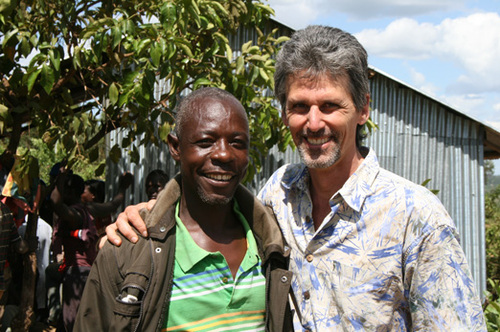 is a repository of culture with tremendous emotional and spiritual value. Think about what a wedding ring means. Yet we have to offer consumers a positive option.
is a repository of culture with tremendous emotional and spiritual value. Think about what a wedding ring means. Yet we have to offer consumers a positive option.
We can do this by supporting traceable and transparent fairtrade gold from small-scale artisanal miners.
From Resource Curse to Economic Development Initiative
There are about 25 million artisan, small-scale gold miners worldwide, a quarter of whom are children and women. They supply anywhere from 15 to 25 percent of the global gold supply, mainly through a black market. These figures are estimates because the miners almost always work illegally and without regulation within their countries.
For decades many have tried to devise a way to transform the small-scale mining activities into a sustainable economic development initiative. But the challenges have been daunting. Governments prefer dealing with large multinational mining companies, which can be monitored and taxed. Yet they export all but a minute value of the mineral out of the country and provide few jobs.
Fairtrade gold transforms small-scale gold mining from a resource curse to an economic development initiative. Fairtade gold from South America was introduced in 2011 and now Fair Trade International is expanding into Africa.
How Fairtrade Gold Works
The fairtrade gold model works with poor, small-scale miners; an operation of 40 to 60 people might mine between 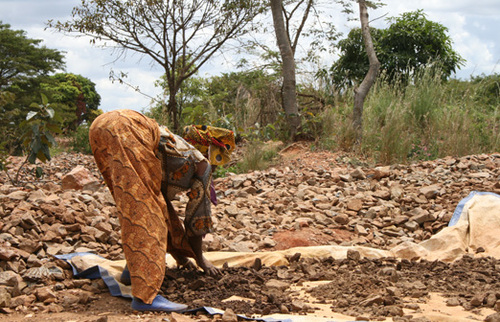 three quarters of a kilo and a kilo of gold a month. The ore is then crushed into fine powder with machinery.
three quarters of a kilo and a kilo of gold a month. The ore is then crushed into fine powder with machinery.
Then the gold needs to be concentrated in the crushings, which is done either by hand or through sluices in containment ponds. Mercury is then mixed with dirt, gold and water creating an amalgamate, a solid compound of mercury and gold, which could be between 70 percent and 90 percent pure gold.
The Question of Mercury
Worldwide, small-scale gold mining uses 1,400 metric tons of mercury annually. I have spoken with environmental leaders in North America who have some objection to fairtrade gold because of its use of mercury.
Ultimately, fair trade’s goal is to eliminate mercury use entirely. Operations that do not use mercury will even receive a significant premium for their “eco” gold. Yet we have to set obtainable goals that are realistic. The miners do not have the money to invest in new equipment that would eliminate mercury.
In the meantime, instead of using frying pans used to cook plantains to cook the mercury out of the gold, a retort is used to safely prevent the mercury from escaping into the environment. The mercury can then be reused.
Sitting On a Gold Mine But Stuck in Poverty
These days, a kilo of gold might have a value of between $40,000 and $45,000. But the miners rely on middlemen who buy gold at up to 30 percent under its real value. Also, because refining methods are not efficient, miners leave another 25 percent of their gold in the rock tailings.
They make between $100 and $300 a month and often struggle to even feed their families. They are sitting on a gold mine, working incredibly hard and still stuck in a poverty cycle.
Fairtrade Gold: Development & Empowerment
When fair trade gold standards are in place, gold is purchased initially at 95 percent and eventually at 98 percent of the international spot price. Additionally, a $2,000 per kilo premium is paid back to the community, which can be 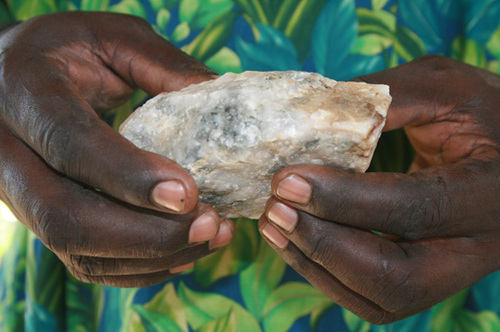 used as the miners choose. With the premium and additional revenue, better equipment can be purchased which can then lead to another 20 percent worth of gold from the ore.
used as the miners choose. With the premium and additional revenue, better equipment can be purchased which can then lead to another 20 percent worth of gold from the ore.
With auditable fair trade principles and standards that support empowered producers and ethical international business people, small-scale gold mining can become an economic driver that alleviates poverty and preserves the environment. Money stays in their local economy. And, more radically, the miners have control of the full economic resources garnered from their own land.
Building Greater Community
The miners we met with were leaders, eager to share what they had learned with others. Slowly, over the next five to 10 years, with the support of the North American consumer market, I am certain we will see a profound and positive shift in the zones where these pilot projects are taking place.
But our trip was also about building greater community around common values of ecologically responsible mining as well as economic and social justice. To listen to the miner’s stories of how they struggled and to see how much they had achieved was incredibly moving.
Fairtrade gold will be formally introduced in the North American market this Fall. When jewelers have it, they can point to the hole from which it was actually dug and say the wedding ring is profoundly helping artisanal miners live much happier, healthier lives.
As for the customer, what could be better than wearing a wedding ring, that in its very sourcing, represents a more beautiful world?
* Note re: the use of “fairtrade” vs. “fair trade”: The word fairtrade is trademarked so it can be used referring to gold, like fairtrade gold. When talking generally about fair trade, then the two words are separate—such as, they are seeking fair trade certification.
The opinions, beliefs and viewpoints expressed by CSRwire contributors do not necessarily reflect the opinions, beliefs and viewpoints of CSRwire.

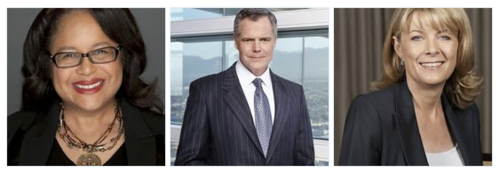
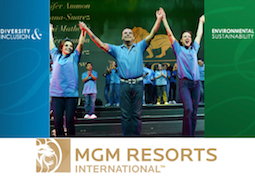

 Print
Print Alerts
Alerts